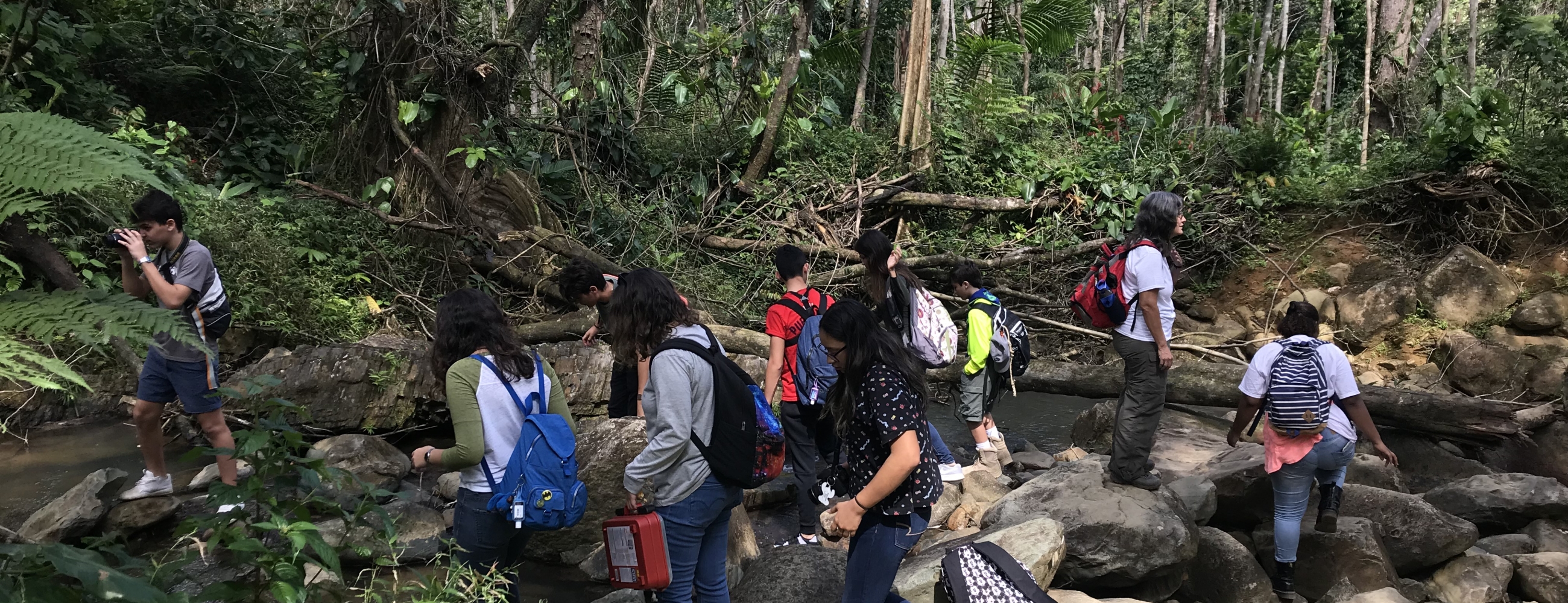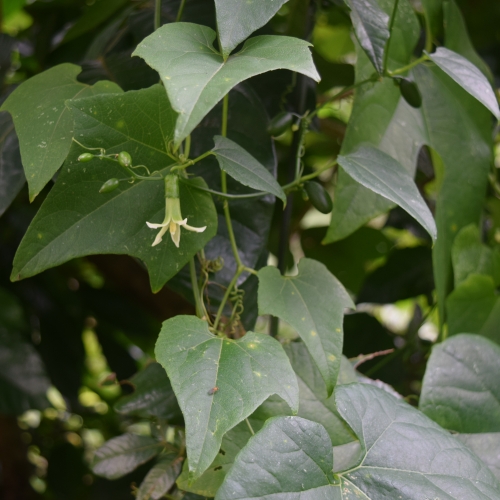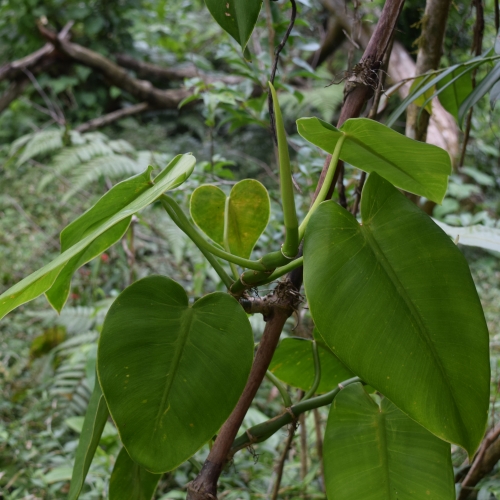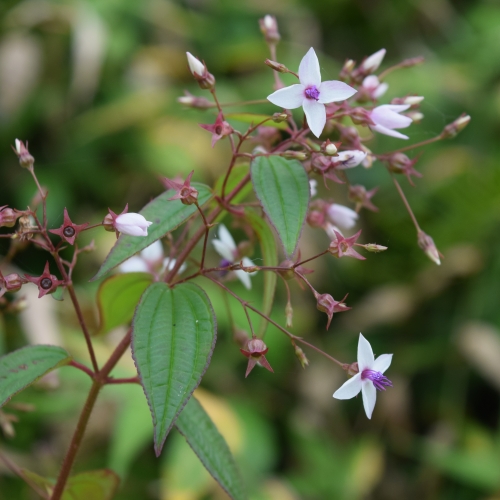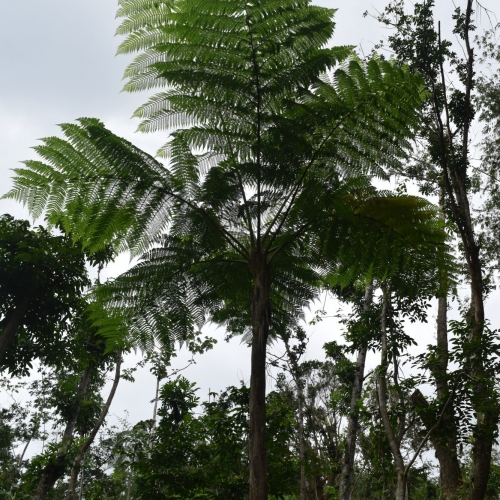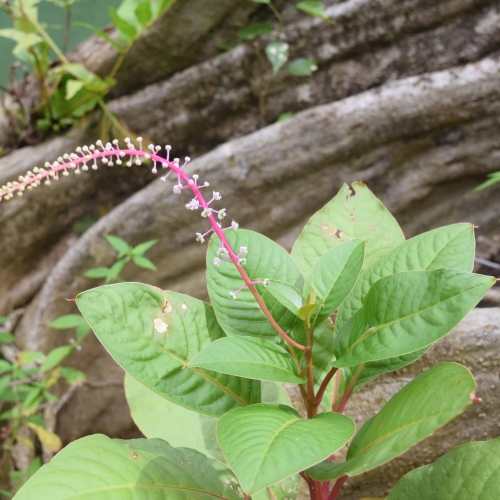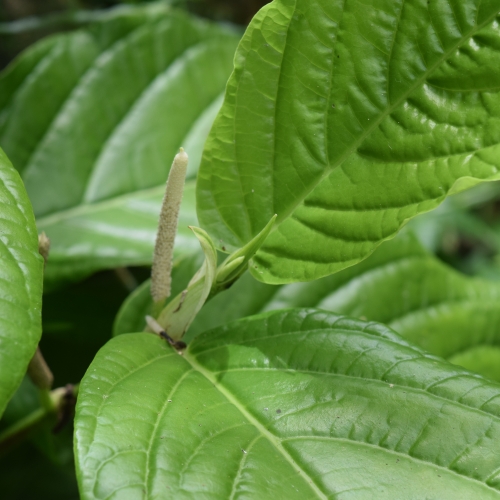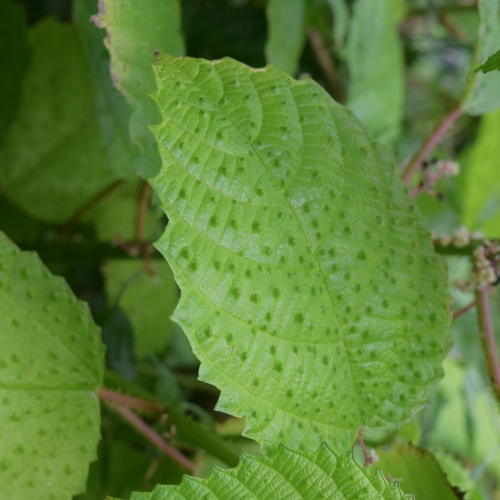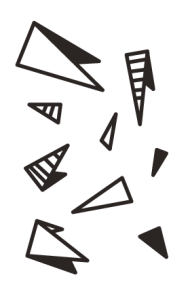
Forest Recreation
Are we ready? Here you will find dynamics that are geared towards increasing your trust in the environment and your partners, your self knowledge, your concentration, your creative expression, solidarity, reflection, and ecological knowledge. With these actions, we’re looking to nurture a relationship with the forest that acknowledges our emotional, intellectual, and social dimensions. Let’s begin!
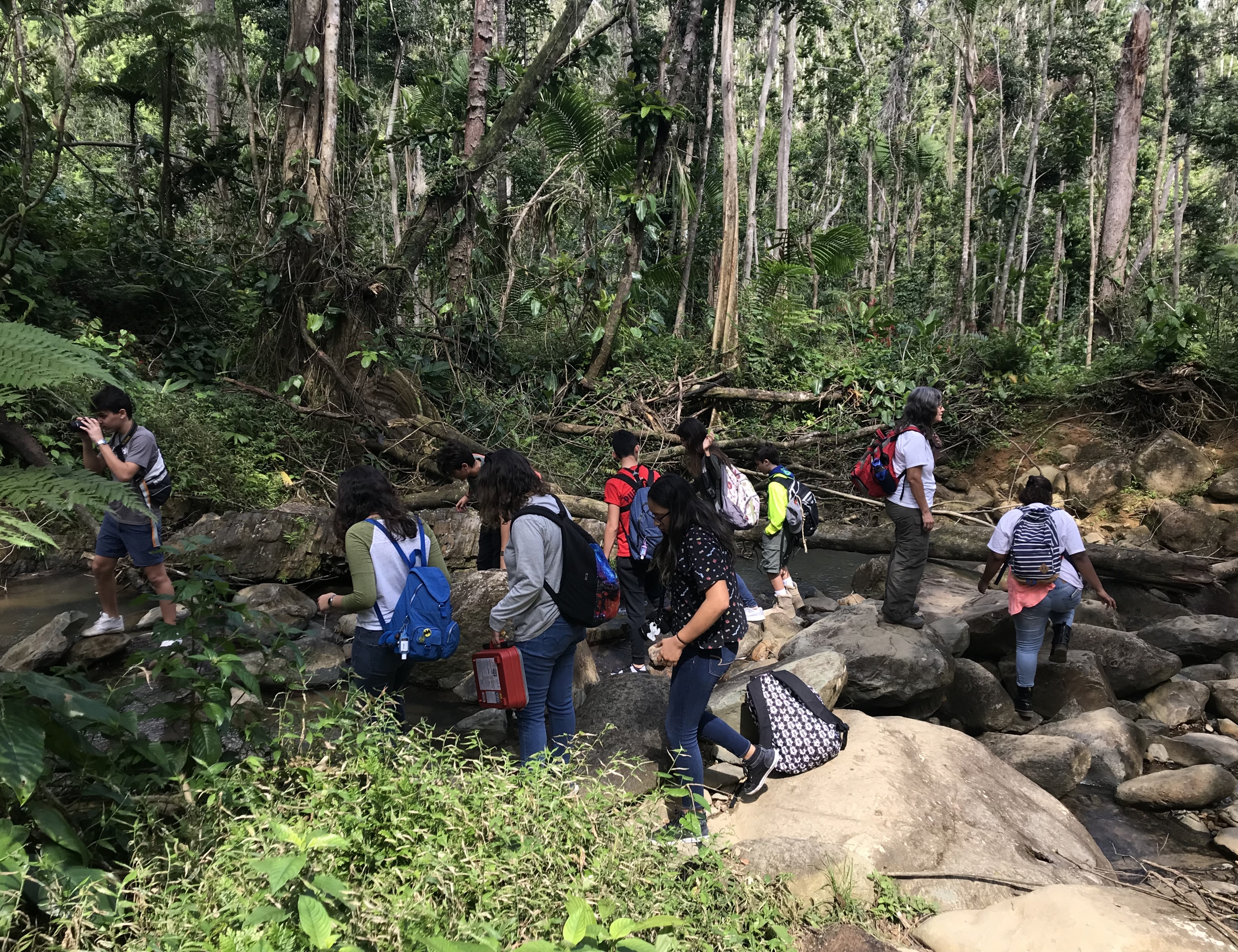

Action:
Sound Map
When: during the walk
Type of action: rediscovering the sounds of the forest
With whom: individual
Materials: paper and pencil
Objectives: to listen with attention, discover, and locate sounds in the forest
Topic: The Sounds of the Landscape
1. Choose a space where you can sit comfortably.
2. On a sheet of paper, draw an X that covers the whole page.
3. Close your eyes for a period of 3 to 5 minutes.
4. Focus on hearing in order to discover the sounds of the landscape and distinguish where they come from. Are they in front of you or behind you? Are they next to you, near, or far?
5. Represent the sounds with drawings and place them on the paper according to the place where you perceived them. The center of the X indicates your position.

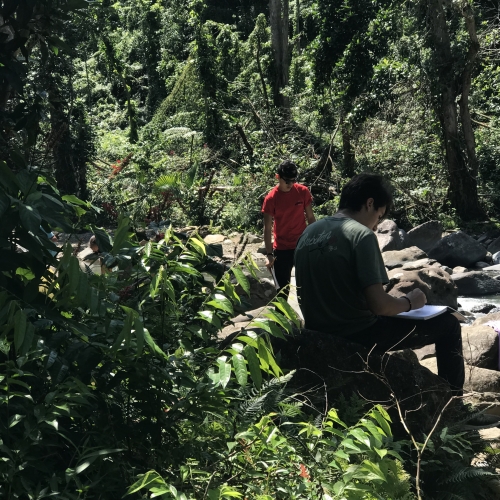

Action:
Photographic memory
When: during the walk
Type of action: sensory discovery
With whom: a partner
Objective: to generate trust and concentration
Topics: Perceiving the Landscape
1. Pick a partner to carry out the next action.
2. Determine who will be the Guide and who will be the Camera on the first round.
a. The Camera closes their eyes so that the The Guide transfers them carefully to a space in nature that drew their attention because of its photographic potential.
• Guide, do you remember the forest layers described earlier? Let yourself be inspired by the forest’s big and small details for that picture to be unforgettable.
b. The Guide taps The Camera’s left shoulder, signaling them to open their eyes and take a photographic memory in one, two, three, four, five seconds. Be careful not to move; the image may come out blurry! Once the five seconds are up, The Guide taps The Camera’s left shoulder so that they close their eyes once again.
c. Now, The Guide takes The Camera to another panorama. Repeat the action three times before swapping.
d. Now, it is time to switch roles.
e. At the end of the rounds, talk about what you saw and felt.
• What surprised you when you opened your eyes?
• What feelings came up when you had your eyes closed and were being lead?
• Why did you choose those spaces as possible photographs?
• Could you make a drawing of your photographic memories?



Action:
The Forest Search
Moment: during the walk through El Angelito Trail
Type of action: species search
With whom: a partner
Materials: trail map, images, and a description of the species to be identified; it can be on your digital device or a printed sheet.
Objectives: to observe, discover and identify
Topics: Flora, Fauna, and Fungi
Welcome to the forest community Come meet us! This is a great opportunity for you to identify us with the following clues. First Clue: We are in El Yunque, in El Angelito trail. When you find us, you can draw or make a mark on the following map. If you’re up for it, you can take pictures of the identified species and share them on social media, using the #hashtags: #bosqueadentro #ccp #elyunque #elangelito #labúsquedaenelbosque and #laespecieidentificada.

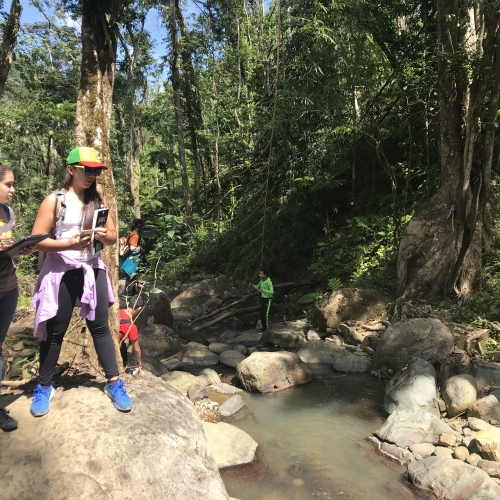
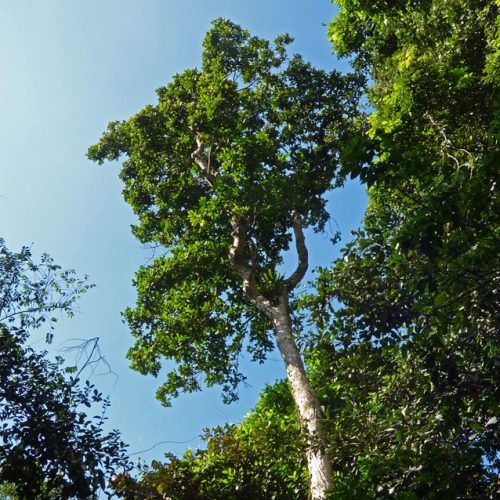
Tabonuco
Dacryodes excelsa Valh
Do you remember me? My family stays connected through roots! I am native of Puerto Rico, and I’m known as Tabonuco, “gomier”, and “candlewood.” My bark is of a reddish brown color, and my fragrant leaves are pinnations made of five and seven dark green leaves. My bark exudes a whitish resin that has a fragrant scent. The Puerto Rican Parrot loves to eat my seeds. When you find me, don’t hesitate to say hello. Where am I?
To see more Tabonuco images, you can go here.

Wood ear
Auricularia cornea
I feed off trunks and decaying wood. If you watch closely, you will see us attached to the trunk off which we are feeding, creating a pretty composition. Our brown color and gelatinous texture will grab your attention. I’m known as oreja de madera in Spanish, Wood Ear in English, and around the world they use me for food and natural medicine. If you see me around, don’t eat me! It’s important to always identify me first with an experienced micologist.
Can you hear what the wood says through me?

Espino rubial
Zanthoxylum martinicense
In Puerto Rico, I am known as Espino Rubial. My trunk? It’s long and has dispersed cone-shaped spikes. My crown? It’s slightly thick with light green pine-shaped compound leaves. I have small, greenish white flowers. I love being in rainforests like this one. Look for me!
For more Espino Rubial images, you can go here.

Banded snail
Caracolus bornii
I am a Banded Snail. Notice the spiral on my shell, and you will see a light coffee coloration and bands of a darker brown. I have two tentacles in my head that look like antennas, which is where my eyes and sensors are. Be careful: I’m a herbivore, and I love fallen leaves on the ground! My rhythm is slow. I go calmly through life and can live up to 10 years. Oh, and I’m a hermaphrodite, which means that I am female and male. If you watch closely, you might find me on a trunk or a tree.

Action:
Points of contact
When: during the walk.
Type of action: sensory rediscovery
With whom: a partner
Objective: to generate trust and stimulate the sense of touch
Topic: Biodiversity
1. Pick a partner to carry out this action.
2. Decide between the two of you who will be The Leaf and who will be The Seed.
3. The Leaf closes their eyes and is led by The Seed, who will take them around the forest touching five surfaces with their left hand. While keeping their eyes closed for the duration of the action, The Leaf will make contact with the surfaces, paying close attention to the texture, form, and smell of what they are touching. This will be done with five surfaces.
4. Once you have finished, talk about the sensations and feelings that came up during the action.
5. Change roles and repeat.
CAUTION : Be careful with the Ortiga Brava (Stinging Nettle). Touching it causes stinging pain, inflammation, and a burning sensation. Avoid touching them to prevent accidents.

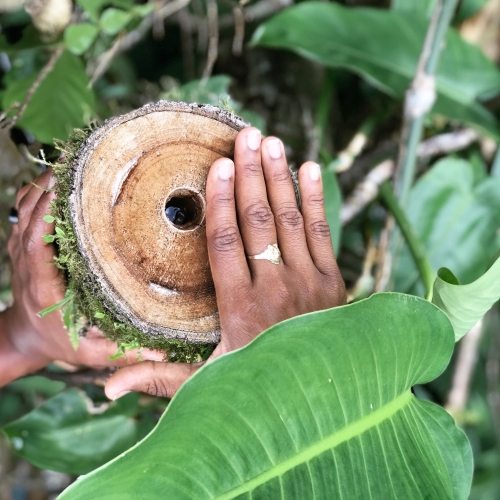

Action:
Exploring the Forest
When: during the walk
Type of action: object search
With whom: in groups of two to three people
Materials: list of elements and images of species to be identified; it can be on your digital device or on a printed sheet.
Objective: to explore, search, and find diverse elements
Topic: Biodiversity
Do you think you can find the following elements without repeating any? Remember to look in all directions. To your right, to your left, up, down, in front of you, behind you, here, and there!
Draw or write the name of what you find in the square next to the description. Remember to leave all the elements in their place to maintain a beautiful natural order.
1. Something that travels or moves
2. Something that absorbs water
3. Something pointy
4. Something with a strong smell
5. Something that has branches but no leaves
6. Something that makes a sound
7. Something triangular
8. Something that’s never been alive (abiotic)
9. Something sticky
10. Something with seeds or fruits
11. Something that’s food for an animal
12. Something with thorns
13. Something with a brilliant color

Identify these species during your walk on the trail:
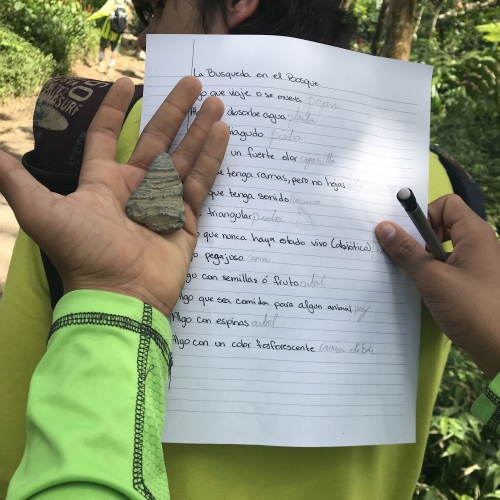

Asian Spikemoss
Selaginella plana

San Pedrito
Todus portoricensis
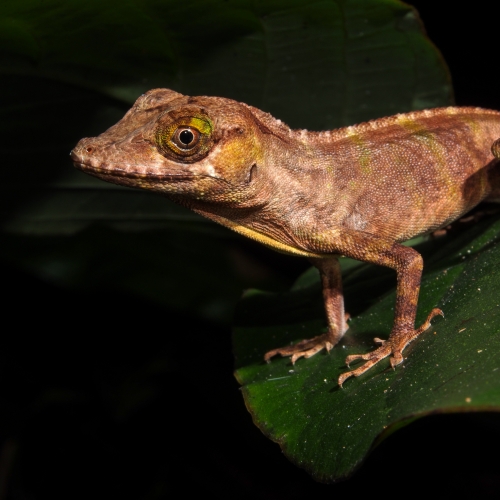
Cuvieri
Anolis cuvieri

Action:
Lichens, the Forest Artists
When: during the walk
Type of action: creative
With whom: individual
Materials: paper and pencil or color pencils
Objectives: to identify and observe carefully the form, color, and texture of lichens
Topic: Lichens
Reminder: Leave nothing but your tracks. You can keep the materials in your backpack.
Lichens are organisms that form through symbiosis between algae and fungi. They look like spots and, because of their resistance to extreme conditions, live on rocks, soil, tree barks, and leaves.
Can you recognize a lichen on a tree bark or a stone? Once you find one that really causes an impression on you, look at the details of its form, texture, and colors. Translate what you see into a drawing on a sheet of paper. What other forms or shapes does the lichen suggest? Think of as many creative shapes as you can.



…I have seen you with living eyes
like the open eyes of the forests,
picturing myself in laughter and swimming in creeks
into the ocean.
-Julia de Burgos
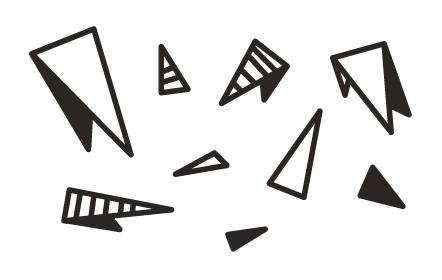

How do We Feel?
Now, after drinking some water and recovering a bit, we can express to the group how we feel after this experience in the forest. One big circle works as a starting point. You can use the following guiding questions to express yourselves one by one.
Let’s remember that we all don’t feel comfortable participating in this way, so let’s be considerate with those who may wish to keep their experience to themselves.
You can use the Feelings Vocab to do this exercise.
• How was I feeling when I got here? I felt curious, tired, bored, excited, energetic, happy, calm, hungry, anxious, sad, or inspired.
• How did I feel during the actions? I felt distracted, excited, open, closed, disillusioned, energetic, surprised, cautious, nervous, or bored.
• What surprised me?
• Describe tu experiencia en una palabra.










